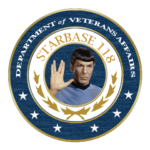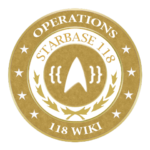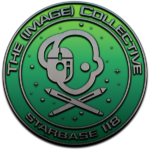

The theory outlined in the journal Nature comes with an artist’s render of the collision of the two moons.
This is supposedly happened 4.4 billion years ago when there was no life on Earth. Moons were young, formed barely 100 million years earlier when a giant planet smashed into Earth. Both moons orbited Earth and sort of rose in the sky together, the smaller one trailing a few steps behind the big one.
Though parked a bit away from each other, bigger one had gravity so strong that little one couldn’t resist it, so they were destined to collide.
The merging happened in a slow crash, what is relative in planetary smashups. It happened at more than 5,000 mph, what was slow enough that the rocks didn’t melt. This way rocks and crust from the smaller moon would have spread over and around the bigger moon without creating a crater what faster crash would have done.
Study was an attempt to explain the odd crust and mountainous terrain of the moon’s far side, since it looked as if something had been added to the surface.
Earth’s one Moon was odd due to the fact that Venus and Mercury have no moons; Mars has two, while Saturn and Jupiter have more than 60 each. Even tiny Pluto, which was demoted to dwarf status, has four moons.
This article is based on articles from “Voice of America”, naturenews and Yahoo!News.
Two Moons
We are a star trek roleplaying game
We are a free, fun, and friendly community of Star Trek fans who write collaborative fiction together. It’s easy to join – we’ll teach you everything you need to know!
Latest Mission Reports
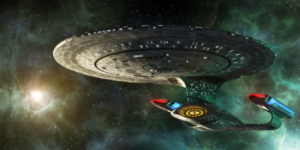

Crew of the USS Astraeus agrees: There’s No Place Like Home
Federation News Service
February 27, 2024
Read More »
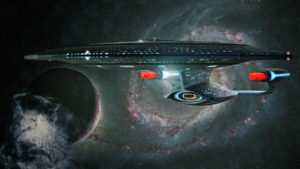

Constitution Crew Takes Shore Leave on the Enchanting Planet of Snow
Federation News Service
February 26, 2024
Read More »
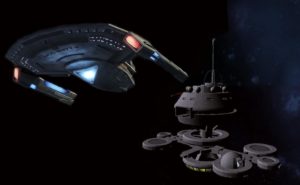

Warp Signatures Discovered Near Emisa, USS Arrow Dispatched
Federation News Service
February 26, 2024
Read More »
Latest Interviews



Award winner – Randal Shayne – USS Arrow – (Christopher Pike Pendant)
Lhandon Nilsen
February 19, 2024
Read More »






Latest News


First Officer In Focus – Diz’mim Ch’Nilmani, USS Constitution-B
Alora DeVeau
April 18, 2024
Read More »





OOC Activities
Looking for something fun to do? We have a whole list of fleet activities that are looking for members like yourself! Check out the Fleet Activity List today to see where you’ll fit in.






